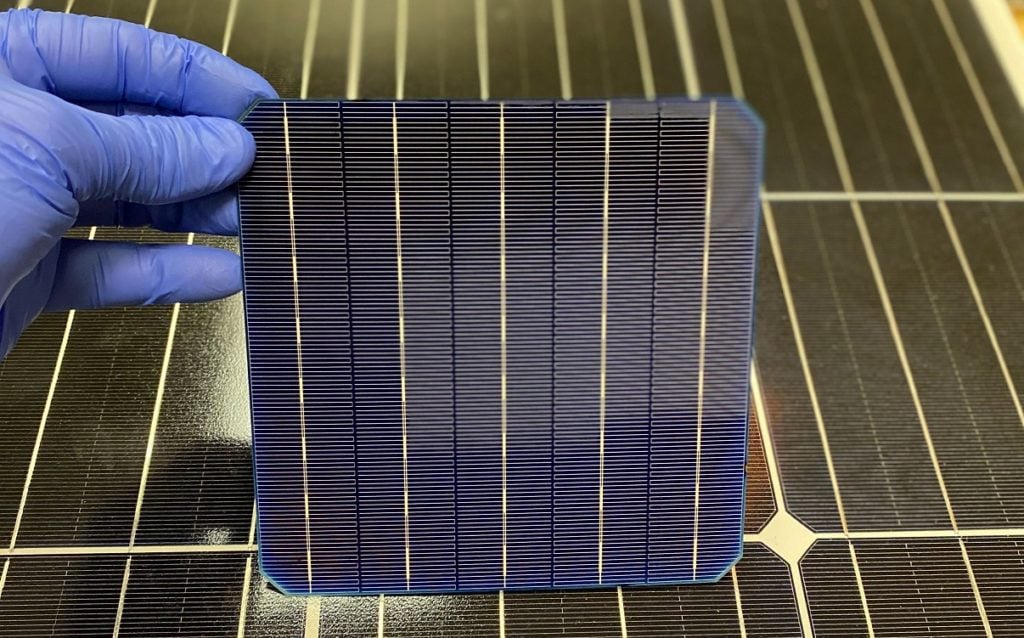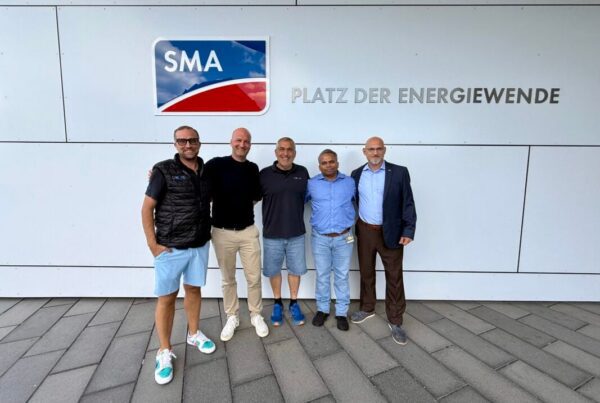
Newly granted patents for solar cell architecture that reduces silver costs and increases power generation could see the new technology draw closer to commercialisation.
US-based Solar Inventions has been awarded three new patents in China, Israel and the US for its Configurable Current Cell (C3) cell architecture technology, which it says has proven to improve power generation and module efficiency and reduce the amount of silver required to fabricate a cell by up to 18%.
Ben Damiani, chief technology officer at Solar Inventions said: “As the solar industry shifts to new cell structures such as TOPCon and HJT and production continues to accelerate around the globe, the economic benefits of our Configurable Current Cell 1 technology gain importance.”
Damiani’s work is the basis for C3 technology, having found that he could create multiple “lanes” or subcells on a single wafer by electrically dividing each cell during the metalisation process.
Solar Inventions said that the technology does not require PV cell manufacturers to make any process changes or expend any excess capital to be implemented, and can work with PERC, n-type, BSF, mono- or multi-crystalline, bi-facial and half-cells.
This marks the company’s first forays into the international market. China issued its patent in October, whilst Israel published a patent in November with a view to issuing it in February 2023. The US issued the latest patent this week, which builds on the existing patent for C3 technology that Solar Inventions received last year. Applications are reportedly pending in the EU and 13 other countries, which Solar Inventions said account for around 90% of the global solar market.
In September 2019, with C3, the company won first place in the US’ American-Made Solar Prize for innovative technologies. Solar Inventions said that the first C3 cells have since been deployed by Cherry Street Energy in a commercial rooftop installation in Georgia.





